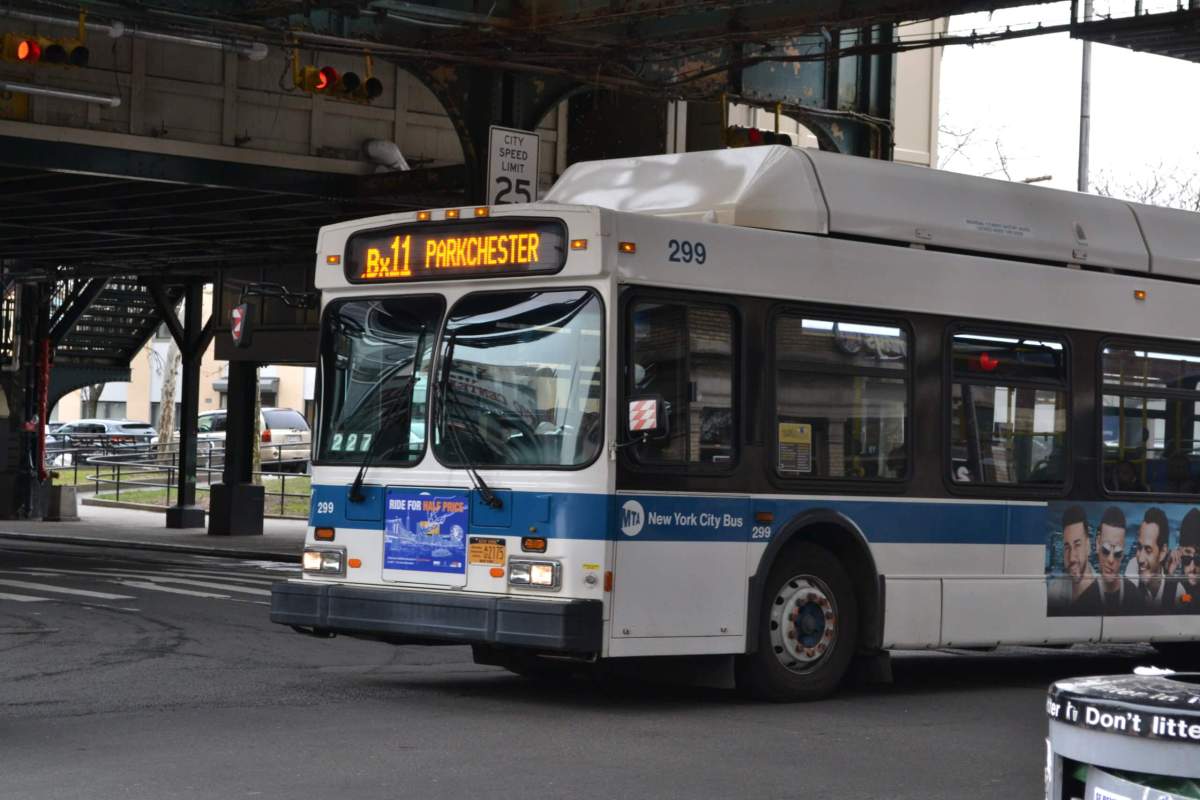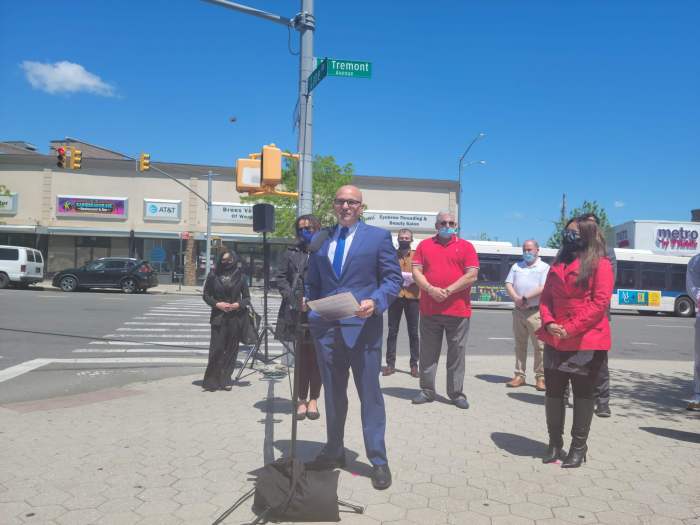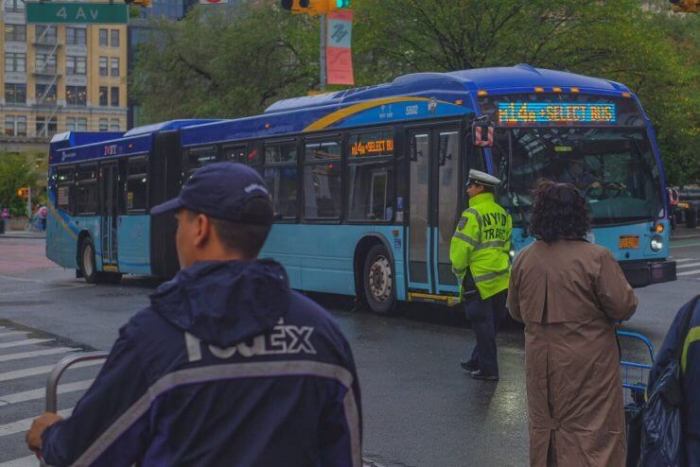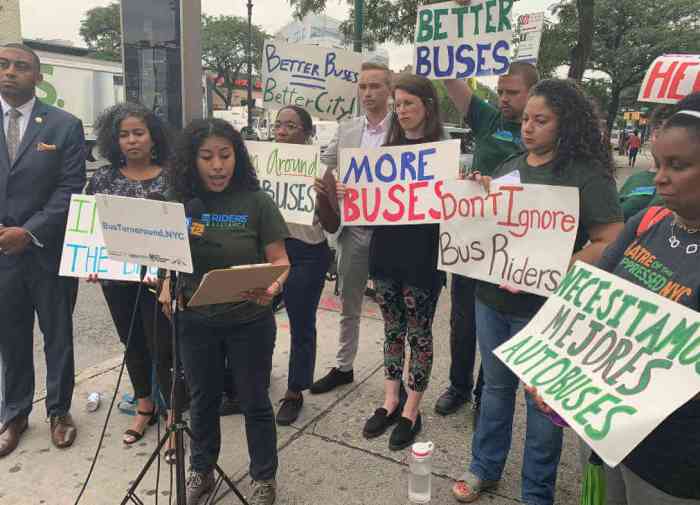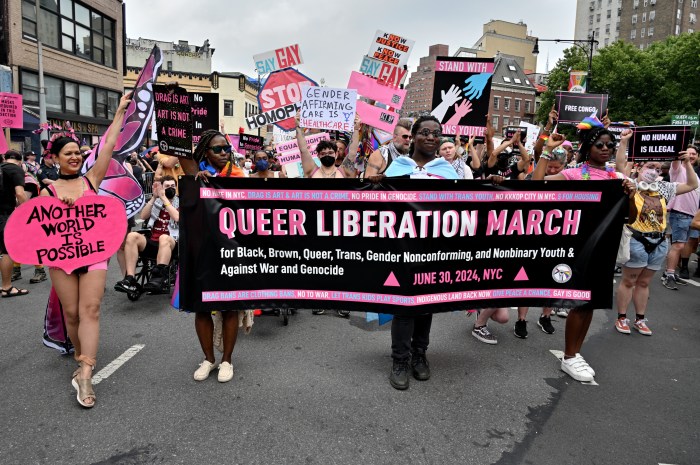After an analysis of the first months of the Bronx bus redesign, the MTA found the project made routes faster, as ridership unexpectedly increased and stops initially removed were added back.
The MTA conducted a 6-month evaluation of the redesign after the project was implemented in June 2022, with a focus on from the time schools opened in September until Thanksgiving, an MTA spokesperson who declined to be named told the Bronx Times. Ridership and traffic are abnormal over summer vacation and during holiday shopping season, the spokesperson said.
The Bronx Bus Redesign had goals of making bus routes more direct and improving east-west and intra-borough bus connections. As part of the project, bus frequency increased on eight corridors for 10 routes leading to shorter wait times; 13 routes were changed; two routes were added and about 18% of stops were — at least initially — removed. Six bus lanes were also installed in conjunction with the NYC Department of Transportation.
Changes
Though the new design officially launched in June 2022, follow-up changes were made in the fall and earlier this year following community feedback. Of the 258 Bronx bus stops that were initially removed, 22, or 9%, were restored, according to the MTA.
The agency spokesperson told the Bronx Times that the restored stops were added back gradually from July to January, which overlaps with the analysis period. According to the spokesperson, these changes should not have had a significant impact on the analysis of the bus speeds because a small number of restorations took place, staggered over time.
Also changed since the implementation is the name of the Bx18 two-way loop, which is now called the Bx18A and Bx18B.
Ridership increase
Robert Thompson, manager of bus service planning for the MTA, said at a NYC Transit meeting Tuesday that an improvement in ridership was not something the agency “necessarily expected,” as part of the redesign, but a 6% increase from Sept. 8 to Nov 23, 2022, came as a pleasant surprise.
The High Bridge and Morris Heights routes saw a whopping 23% increase in ridership on the Bx11 and Bx18, according to Thompson’s presentation. The Bx18 — which doubled its surface area and increased frequency — more than tripled its baseline, according to Thompson, who called the bus line a “success story.”
Other altered routes saw increases from 2%-9%, with Co-op City and City Island buses seeing a 1% decrease.
This data is based on an estimate of seasonally-adjusted ridership based on recovery levels, as of late spring. The growth can be attributed to both the bus redesign and also pandemic recovery, according to the MTA.
Faster buses
The borough, which once had the slowest bus speeds in the city, now outperforms the city as a whole on customer journey time performance, which measures the percentage of trips completed within 5 minutes of the schedule, according to Frank Annicaro, the senior vice president of buses at NYC Transit.
From September to November 2022, morning peak weekday speeds on the changed routes increased 5% and overall weekday speeds on these routes increased 4%, according to the MTA.
All Bronx bus routes, including changed and unchanged, also outperformed the systemwide trend by 4%, according to Thompson.
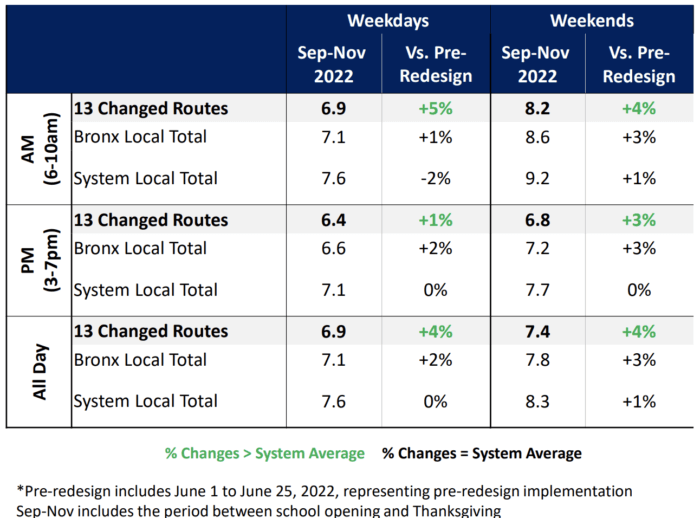
Bx36 riders traveling between Parkchester and Manhattan are saving more than 10 minutes in each direction compared to before the redesign, which rises to 15 minutes during rush hours, the MTA found.
Meanwhile, the Bx11 reroute shaved 5-7 minutes off travel times between Mt. Eden and Manhattan, according to the MTA. Riders on the Bx40 and Bx42 routes along East 180th Street are now saving 3 minutes in each direction.
The Bx4A on Westchester Avenue, the M125 on 125th Street and the Bx29 to City Island saw the biggest customer journey time performance improvements, comparing fall 2022 to June 2022, according to the MTA.
Customer satisfaction went up 2%, from 59% in spring 2022 to 61% last fall, according to the MTA.
The redesign effort launched in August 2018. The project was put on hold for 18 months because of the COVID-19 pandemic before a final plan and board approval in December 2021.
Reach Aliya Schneider at aschneider@schnepsmedia.com or (718) 260-4597. For more coverage, follow us on Twitter, Facebook and Instagram @bronxtimes

